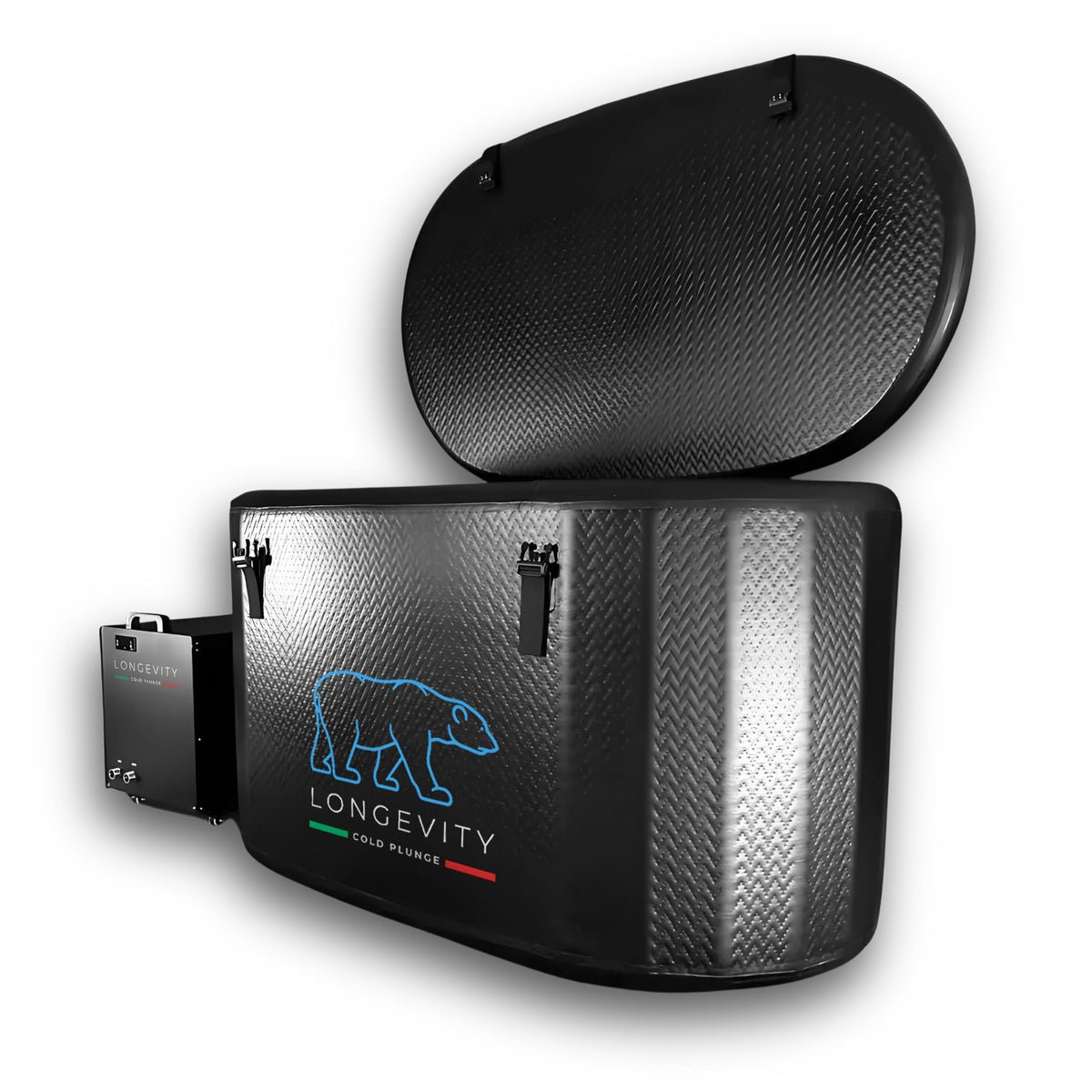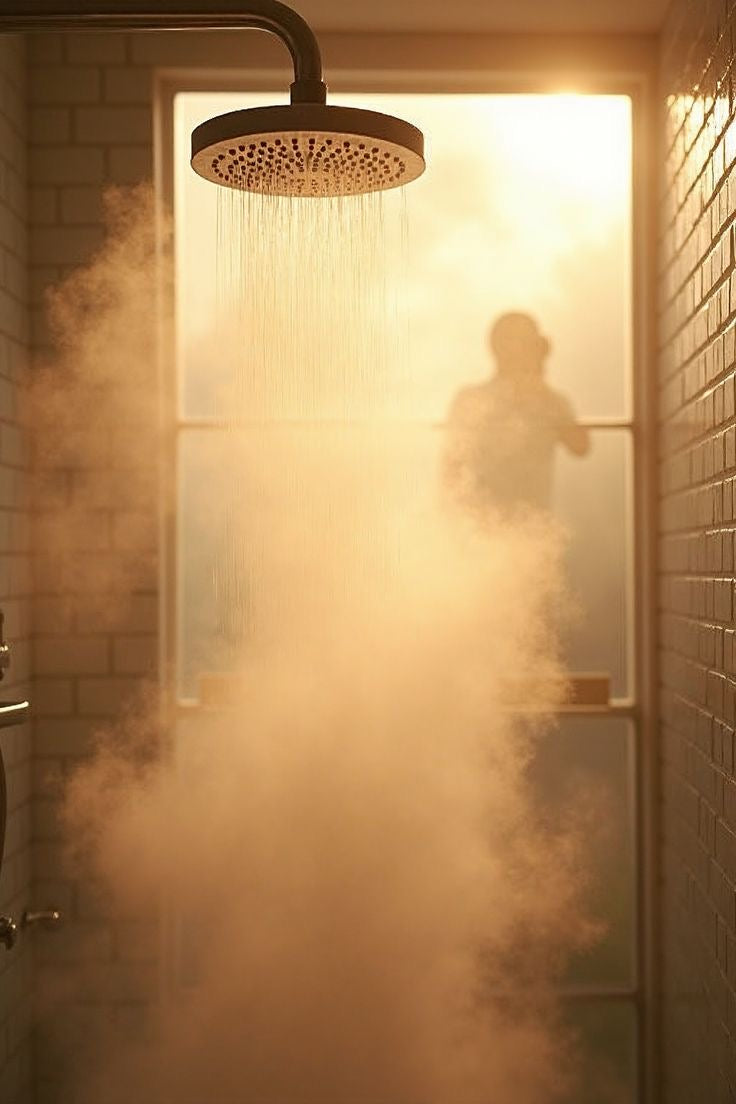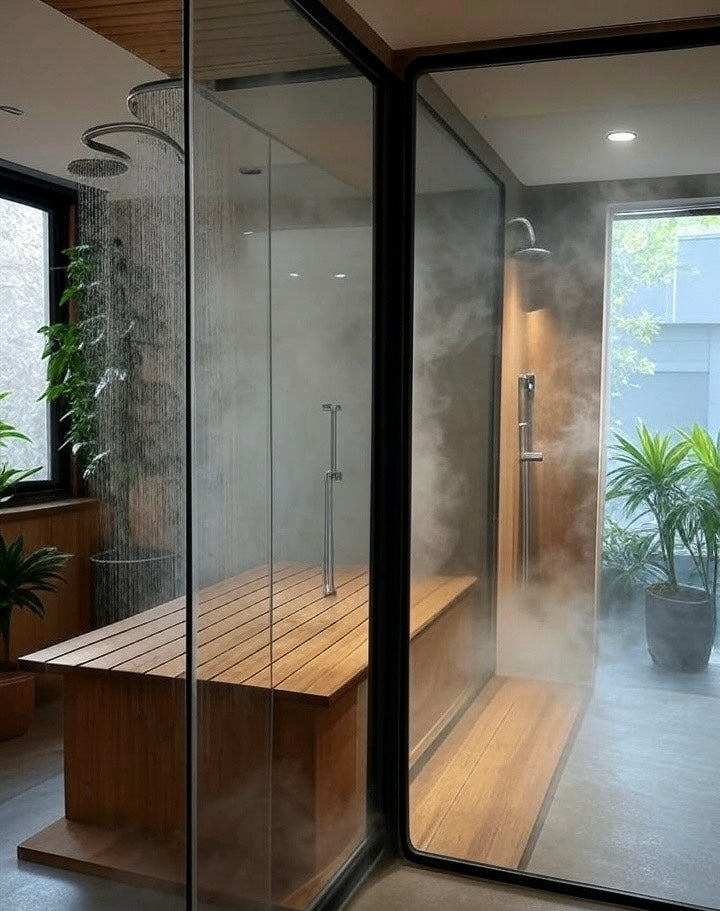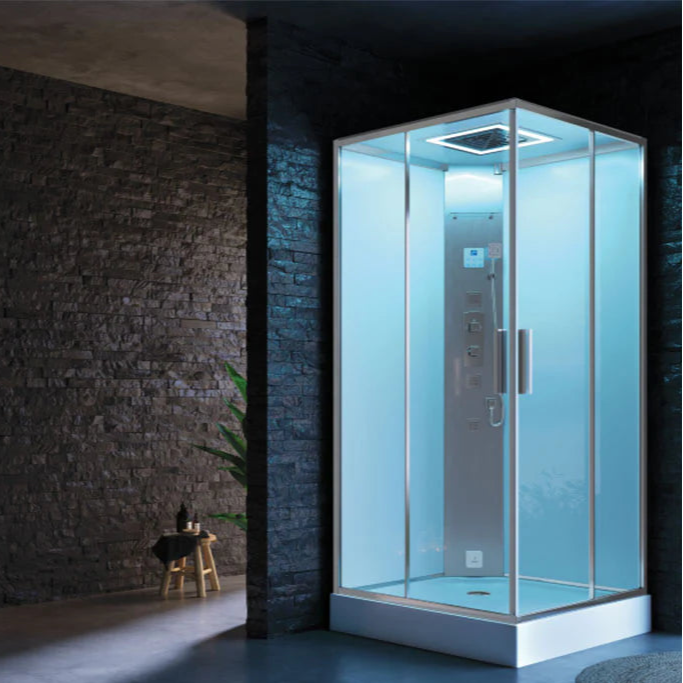Ever looked at your old freezer and thought, could this be my next Ice Bath Tub? You’re not alone. Yes, a chest freezer can hold water—but only if sealed and prepped properly. Keep reading to dodge leaks, avoid mould, and build the ultimate Cold Plunge or Cold Plunge Tub at home.

The Short Answer: Not Recommended for Long-Term Water Storage
Designed for Cold Air, Not Water Pressure
Chest freezers are made to trap cold air, not withstand the pressure of stored water.
The internal structure and insulation are not rated for liquid containment.
As a result, water movement and weight can strain seams and cause failure over time.
Seals and Components Not Built for Liquids
The rubber seals around the lid are designed to keep cold air in—not keep water from leaking out.
Extended water exposure can weaken gaskets, foam insulation, and adhesives.
Eventually, this may lead to leaks, cracks, or internal corrosion.
Understanding the Difference Between Freezing Items and Holding Water
Freezers are intended to freeze packaged goods, not serve as reservoirs.
Storing water brings a new set of challenges like weight distribution, condensation, and microbial growth.
It’s a very different use case with far more risk involved.
Why Chest Freezers Are Not Ideal for Water Immersion (e.g., Ice Baths)
Significant Safety Concerns
Using a chest freezer as an ice bath setup introduces electrical and structural risks.
Electrical Hazards: The Danger of Water and Live Components
Even when unplugged, water can seep into wiring, creating a shock hazard once powered.
Using it while plugged in is extremely dangerous.
Moisture may also damage internal controls or compressors.
Structural Weakness: Not Designed for Weight or Movement
Chest freezers are not made to support the weight of a person and water combined.
When you sit inside, the pressure against the walls and floor increases.
This can warp the liner or even cause cracks.
Corrosion and Material Degradation: Rusting and Deterioration
Extended water contact can corrode metal components inside the unit.
It may also promote rot in the insulation or deterioration of adhesives.
Over time, the freezer’s lifespan will significantly shorten.
Performance and Maintenance Challenges
Running a freezer full of water requires extra effort and attention.
Inconsistent Temperature Control: Risk of Freezing Solid or Ineffective Cooling
Freezers drop well below zero, which can lead to a solid ice block rather than usable cold water.
A thermostat override is often required to maintain safe ice bath conditions.
Even then, temperatures may fluctuate.
Hygiene and Water Quality: Lack of Drainage and Filtration
No built-in drain means manually emptying the unit after each use.
Without a filtration system, bacteria and debris build up quickly.
This impacts cleanliness and water safety.
Mould and Bacteria Growth: Challenges in Cleaning
Residual water, humidity, and warmth can create the perfect breeding ground for mould.
Cleaning is difficult due to internal angles and fixed components.
It’s easy to miss spots, leading to unpleasant smells or health concerns.
Warranty and Liability Implications
Using a chest freezer for immersion purposes has legal and financial drawbacks.
Voiding Manufacturer Warranties
Most freezer warranties explicitly exclude misuse.
Submerging water or modifying the unit voids coverage instantly.
Potential Insurance Issues
Should water damage or an electrical fault occur, home insurance might not cover it.
Using an appliance outside its intended function can complicate claims.
Safer Alternatives and Best Practices for Water Storage

Purpose-Built Solutions for Cold Immersion
These options are designed specifically for safety, comfort, and reliability.
Dedicated Cold Plunge Tubs
Cold Plunge Tubs are engineered for water immersion and temperature regulation.
They include safe drainage systems, reinforced walls, and better hygiene control.
Ideal for both daily users and casual dippers.
Commercial-Grade Coolers for Temporary Use
High-capacity coolers can be filled with ice and water for short-term ice baths.
They’re insulated, portable, and easier to clean than a freezer.
If You Must: DIY Considerations and Risk Mitigation
If you're determined to use a chest freezer, take proper precautions.
Essential Sealing Techniques (e.g., specific sealants, plastic liners)
Waterproof silicone should be applied to internal seams.
Many DIY users also add a heavy-duty plastic liner to prevent leaks.
Ensuring Adequate Structural Support (e.g., shimming, platforms)
Place the freezer on a firm, level base.
Shimming and reinforcement may be needed to distribute weight evenly.
Implementing Crucial Safety Measures (e.g., GFCI outlets, always unplugging)
Install a Ground Fault Circuit Interrupter (GFCI) outlet for protection.
Always unplug the freezer before adding water or entering it.
Managing Ice Buildup and Water Treatment for DIY Setups
Use digital thermometers to avoid overfreezing.
Add hydrogen peroxide or chlorine to keep water cleaner between uses.
Takeaways
-
A chest freezer can technically hold water, but it’s not built for the job.
-
Long-term use may lead to structural damage, mould, or even safety risks.
-
Purpose-built Ice Bath Tubs or Cold Plunge Tubs are a smarter, safer investment.
-
If you must DIY, seal thoroughly, unplug always, and prioritise hygiene and safety.






